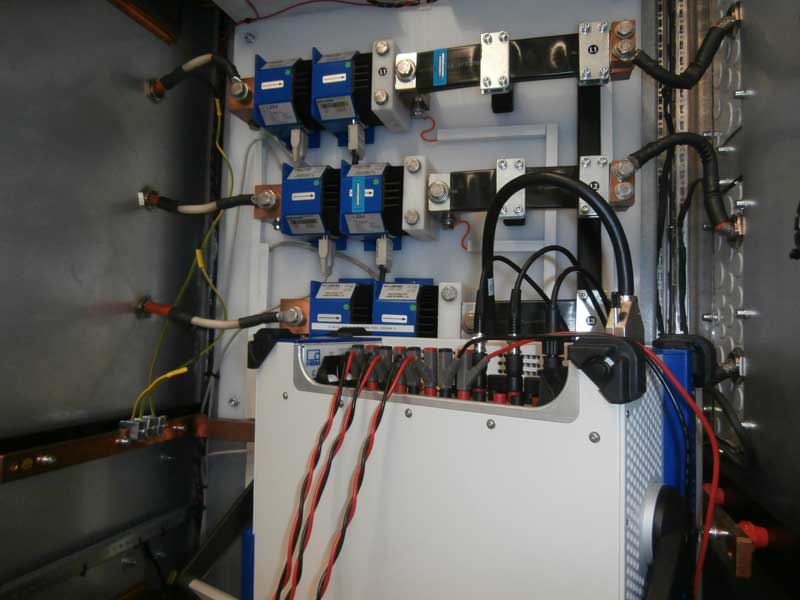The Importance of Raw Data
The integral measurement system from HBM combines three modules:
- torque transducer
- data acquisition system with the real-time computing functions of a power analyzer
- temperature satellite.
The eDrive testing solution shows all relevant data in high resolution during the test process; such as electrical currents, output levels, efficiency levels, torque and rotational speed. Bernholz says:
"This motor torque in particular is subject to high-frequency fluctuations, so the “live FFT” function of the device is very convenient for us. It's also useful for analyzing torque in a temporal relation to the phase currents."
The motors are all controlled by power electronics in which the power semiconductors form the rotary field from the direct current of the lithium-ion battery. "The high time resolution of the device is especially advantageous for analyzing the switching patterns of power semiconductors and seeing all the other relevant quantities on the screen in parallel," explains Bernholz. All recorded raw data can later be analyzed directly in the integral system. No other programs are needed, which saves time and keeps the error rate low."This solution is very flexible in terms of processing different measured quantities," notes Bernholz in conclusion. Continuous acquisition of raw data makes it possible to analyze the drive very accurately – clearing the way for even more efficient electric motors.
